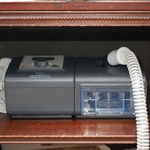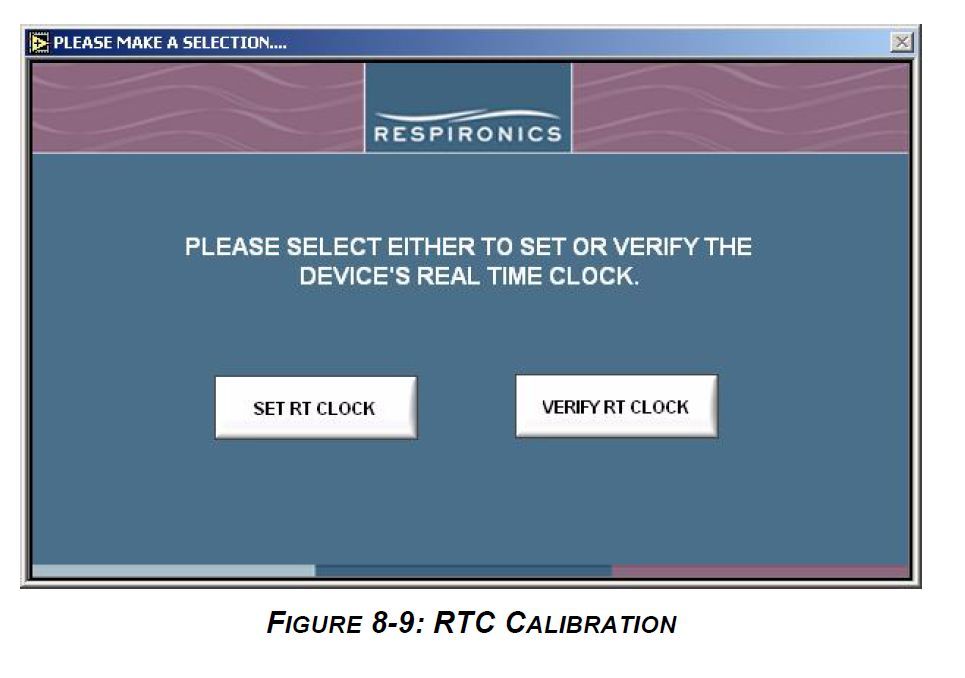cpaman wrote:I don't know if we could just change out the sensor, and if the chip would automatically re-adjust / re-calibrate the pressure.
-SWS wrote:Dunno. But I'd be surprised if Respironics didn't write firmware code to compensate for ordinary sensor drift. Zero-sum inspiratory & expiratory flow reversals should make that a fairly easy task.
I would say it can't. In order to calibrate the flow and pressure sensors, it would have to send in a series of
known flows and pressures (see above Service Report where this is done). Without additional flow and pressure sensors, it can never be sure what the flow and pressure is at any given time.
Further, "IMHO" it can't even zero. It would have to be sure there is no flow or pressure, and that scenario can never be assumed to be true in the field. The procedure would, out of necessity, have to be done at start up, and since plenty of people put the mask on first, then turn on the machine, there is never a true zero state.
That said, if there were such a routine, then there should be an indicator if it fails, and if we look at the available Error Codes for flow and pressure:
Pressure Sensor Errors
E-70 ERR_PRESSURE_SENSOR_ABSENT
E-72 ERR_PSENS_UNABLE_TO_OBTAIN_BUS
E-73 ERR_SENSOR_PRESS_OFFSET_STOP
Flow Sensor Errors
E-80 ERR_UNABLE_TO_INIT_FLOW_SENSOR
E-81 ERR__FLOW_SENSOR_TABLE
E-82 ERR_FLOW_SENSOR_OFFSET
E-83 ERR_FSENS_UNABLE_TO_OBTAIN_BUS
E-84 ERR_FLOW_SENSOR_STOP
E-85 ERR_FLOW_SENSOR_OCCLUDED
E-86 ERR_FLOW_SENSOR_ABSENT
E-87 ERR_FLOW_SENSOR_BUS
there are those OFFSET things, but it cannot necessarily be assumed that where you're offsetting from is actually zero.
That said2, in a review of Respironics technology, it seems that Flow Offset only comes into play when the patient is actually "doing something":
"FlowOffset" corresponds to a final value of patient flow during inspiration responsive to the final value being positive, otherwise FlowOffset is set to zero.
That said3, that certainly does not mean that once one exceeds zero flow and/or pressure, that those delivered parameters are accurate.













